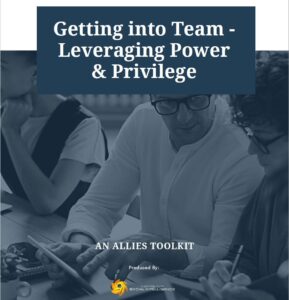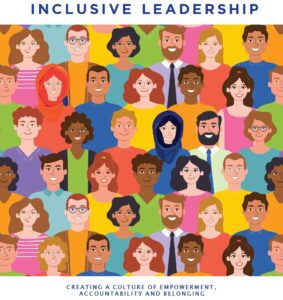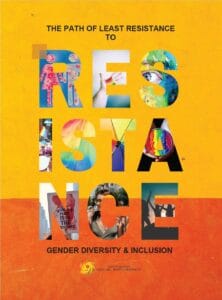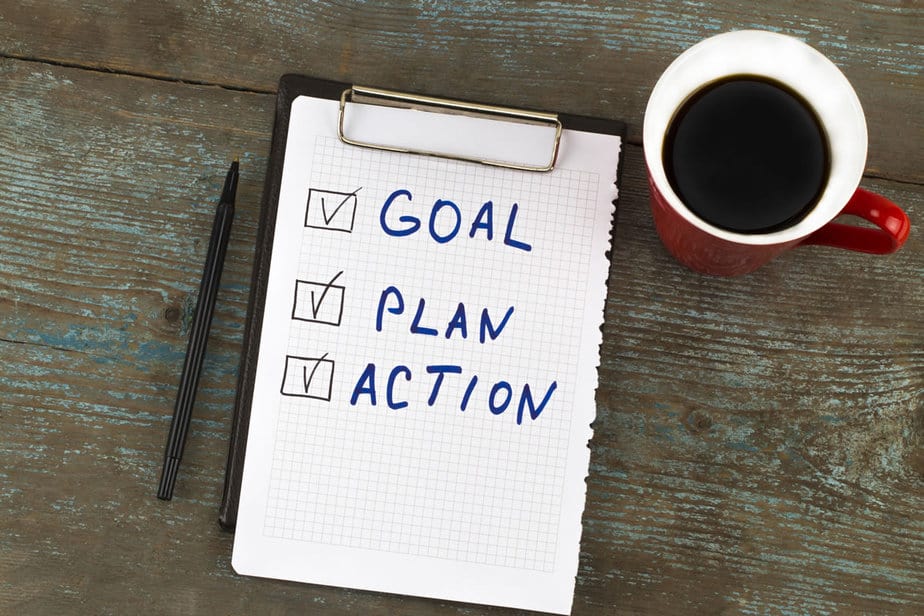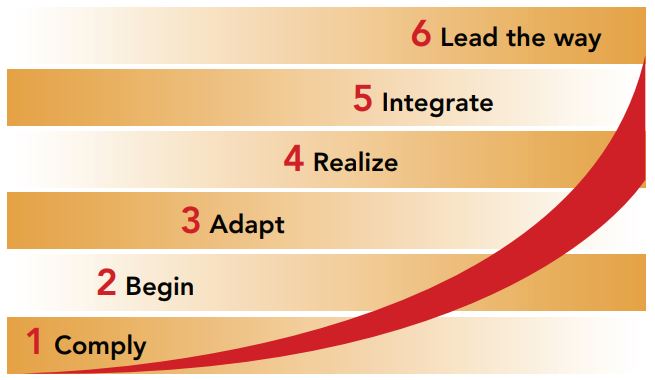January is the month for reflection – of the year gone by and the year ahead. I often find myself drawing down the lessons from the year with the hope that I will integrate those nuggets of knowledge into my being such that it no longer seems to be a lesson, just an old way of thinking. My personal lesson of the year by far has been obtaining greater patience, with myself and with all those around me. Greater patience is now a part of my soul and being, and I look back at the old me and roll my eyes and crack a smile at my impetuousness.
In a similar vein I have also looked at how Canada has matured this year, both in terms of political and business acumen, as they relate to the natural resources sectors. Specifically I think about the trajectory Canada is on vis-à-vis Aboriginal issues and the federal and provincial governments greater engagement with the communities that are affected by natural resource projects – be they mines, pipelines, gas-fracking, or infrastructure projects. Although the duty to consult with Aboriginal peoples was determined by the Supreme Court of Canada in 2004, it has taken time through the learning of best practices by the provincial and federal governments, as well as industry, to identify how to effectively include Aboriginal communities in the development of projects. Previous attempts have started with an already cooked plan that engages Aboriginal peoples in a piecemeal fashion. This approach has proven itself to be a recipe for disaster as demonstrated by large energy projects being hung up in the federal courts system by Aboriginal groups taking governments and/or business to task with not being adequately consulted. A more recent way of thinking, and I would argue wise approach, is to begin the conversation of a new project with the affected Aboriginal group with a blank piece of paper, with both parties at the table. This respectful approach would go a long way to avoid hiccups down the road when issues get contentious. It’s a simple thing and requires some thoughtful consideration of the long-term game, and may I even suggest patience, on behalf of governments and industry to take this approach. I am willing to bet, however, that it would be the best first move a company and government could do to successfully set a project on the right course to receive regulatory approvals, and beyond to implementation, in a timely fashion.
Change of this nature will take time and will not happen in one year alone, however, I do have faith that the aha moment has arrived for government and industry in how they must work with Aboriginal groups so that their ambitions for Canada can manifest. All players must play in the same sandbox if Canada is to succeed as a country. That means treating everyone as equals at the table and collectively identifying a path forward that respects all parties, including future generations. 2014 looks bright for Canada and with each year and decade that passes, greater consciousness arises about how we do business. Since the Rio Summit in 1992, the world over has struggled with finding balance between the environmental, social and economic aspects of progress and development. The first twenty years were focused on the environment but now is the time to wrestle the social aspects to the ground, make sense of a fair and just path forward that doesn’t marginalize those most affected, and in fact includes them in the decision making on their destiny. That is my hope for the coming year and decade for Canada. For this to happen will require even greater patience on my part as the lessons still need to be learned on how best to do this. However, once acquired, perhaps we will see a country that has moved to a higher standard on how to do business by demonstrating the balance between environmental and social needs with a decent standard of living for all Canadians.
